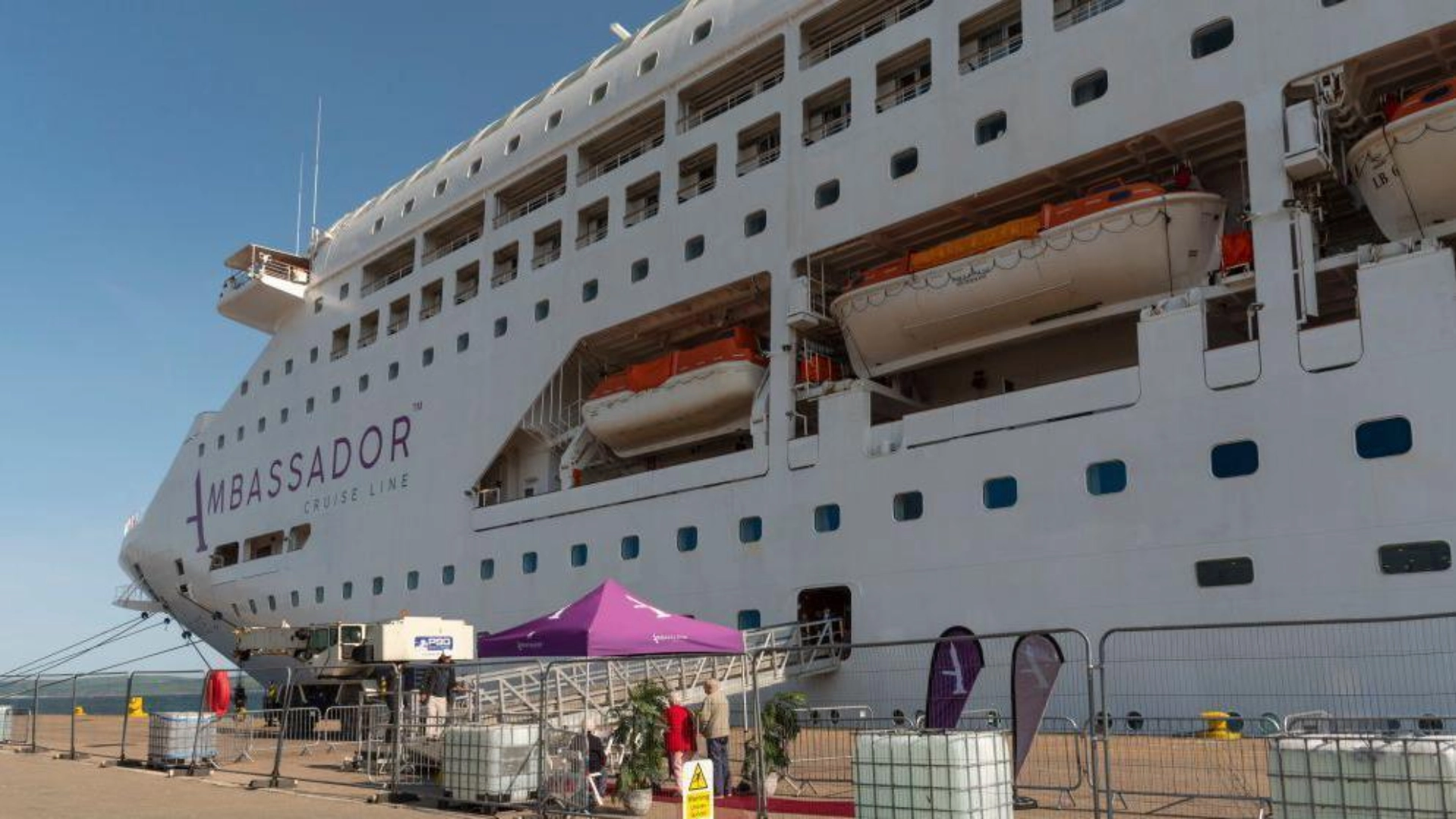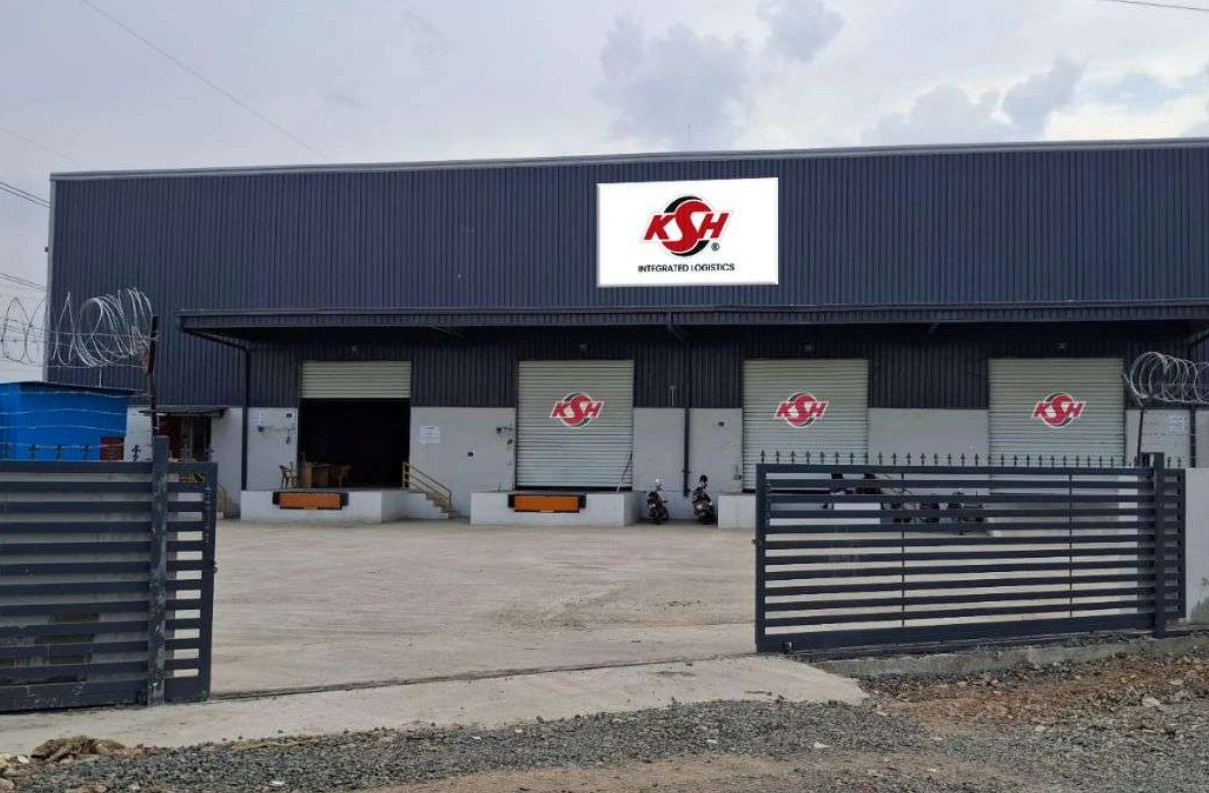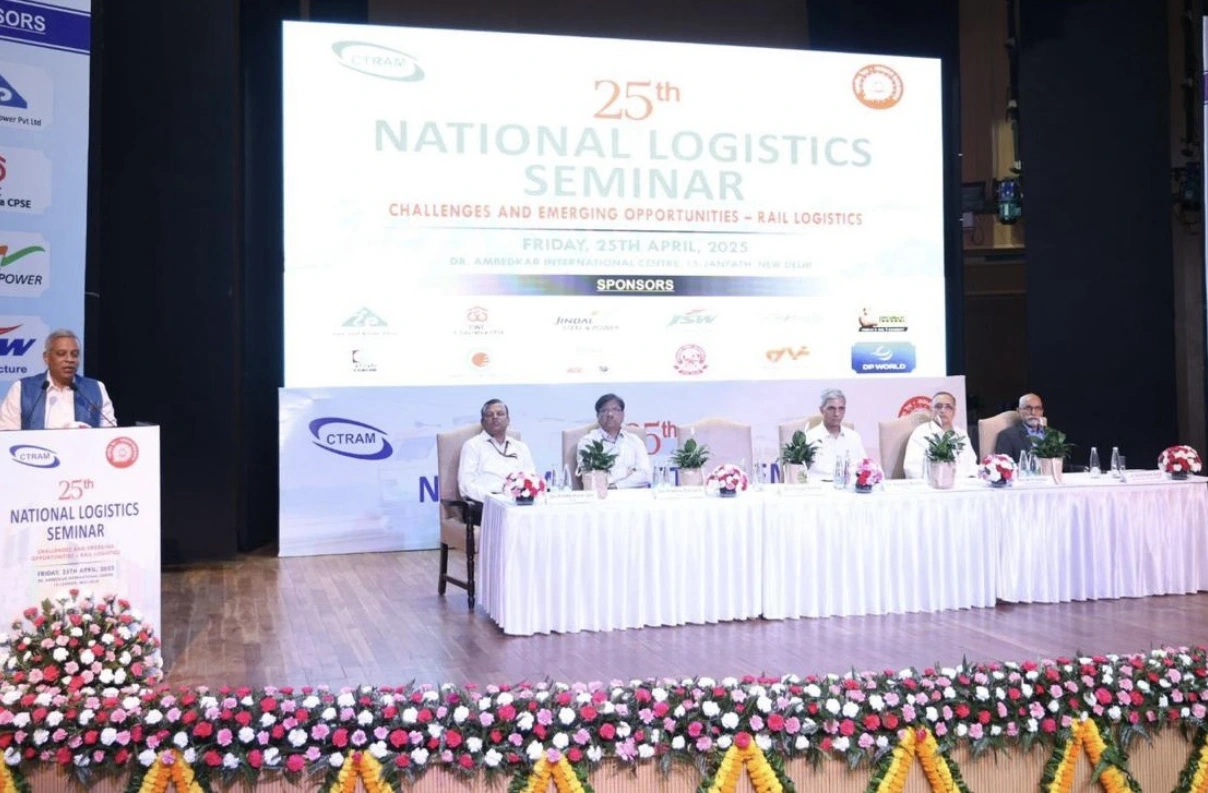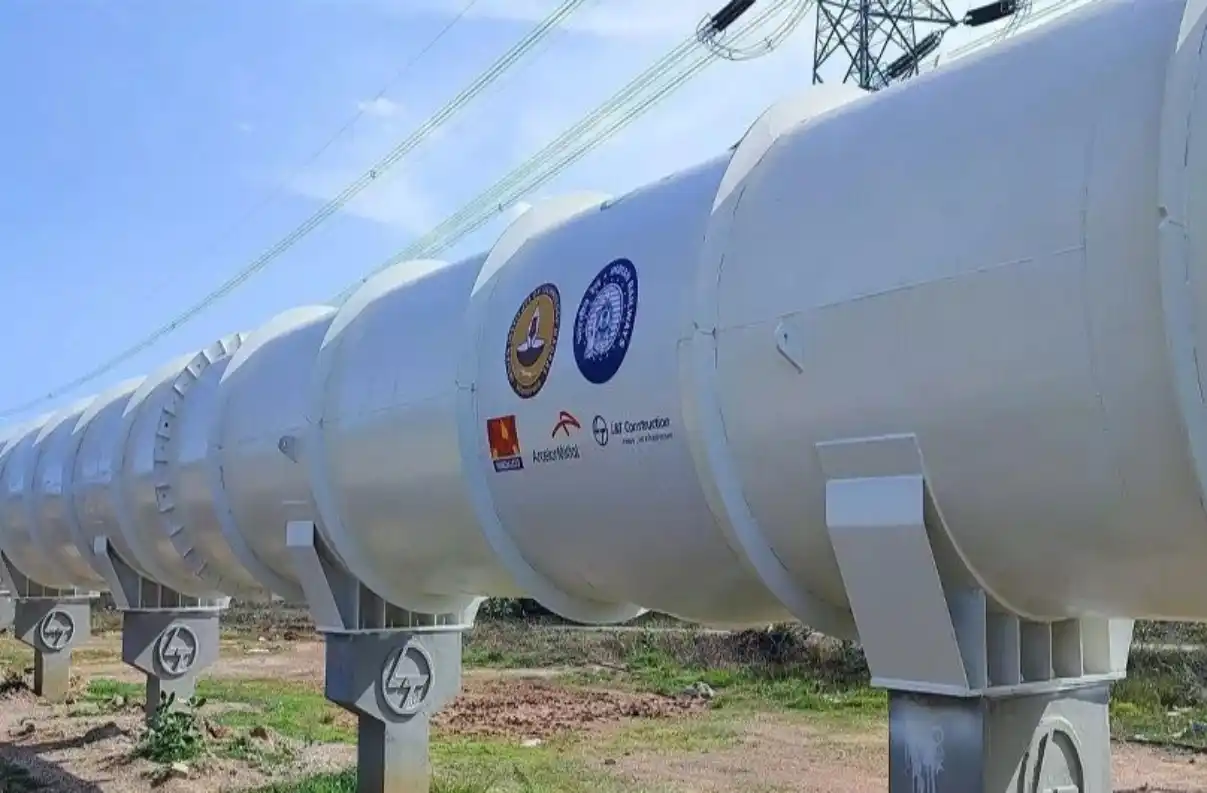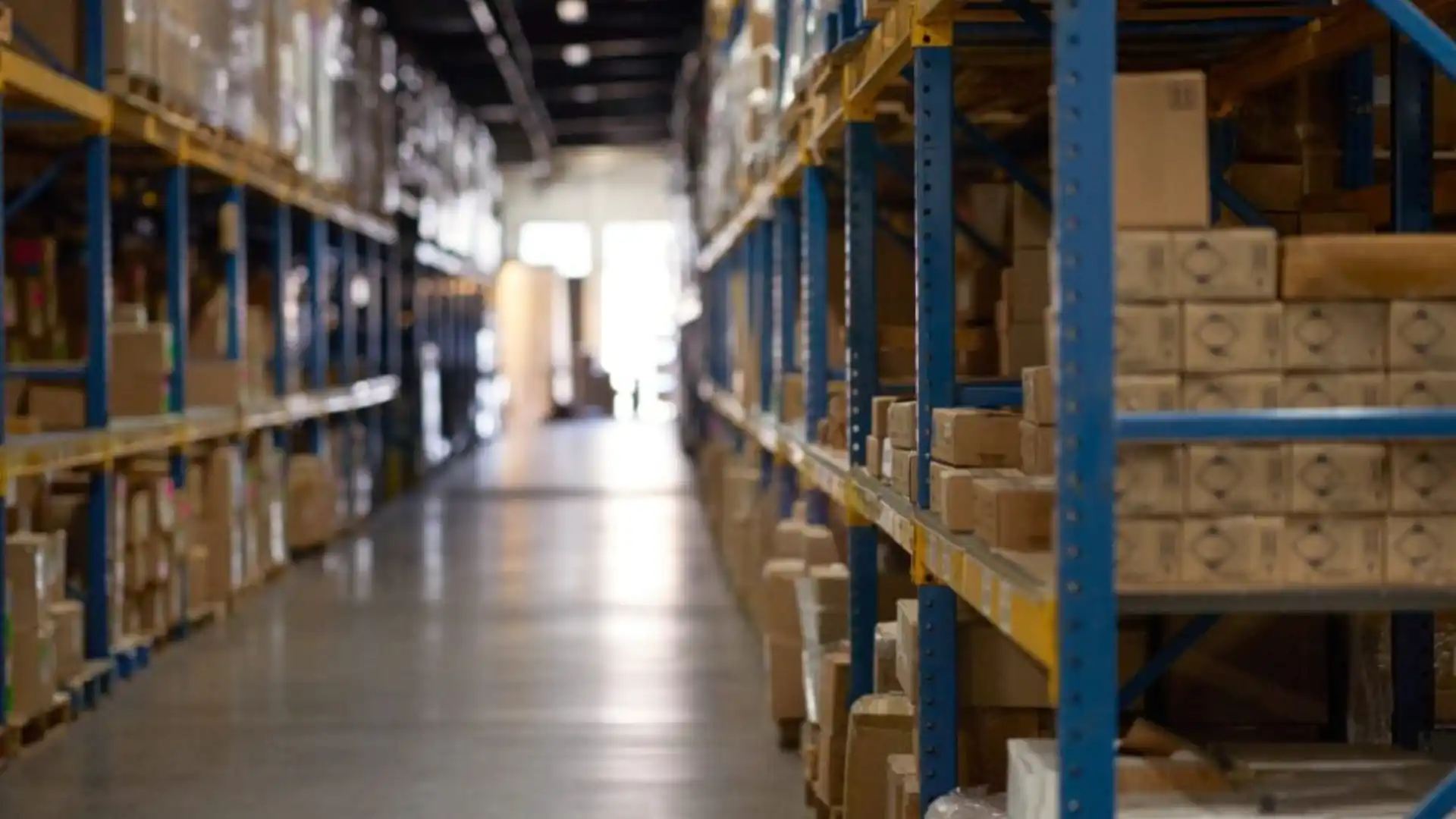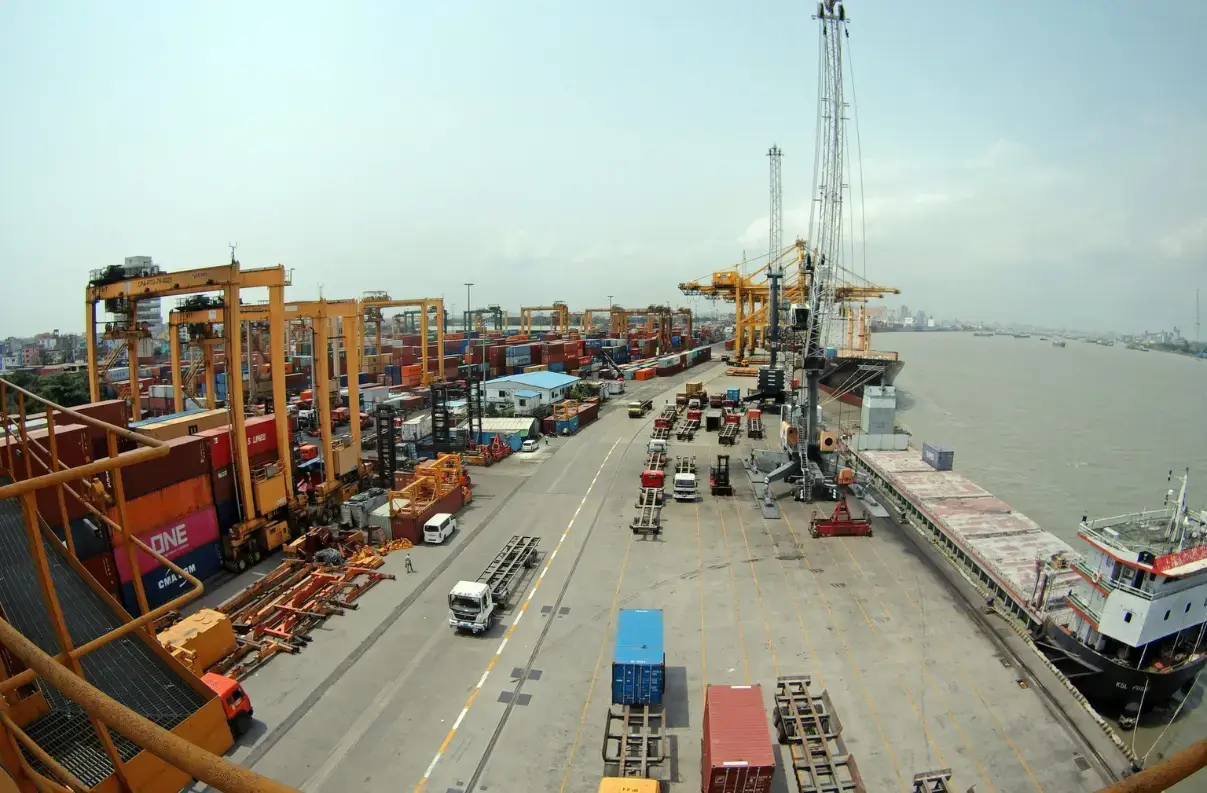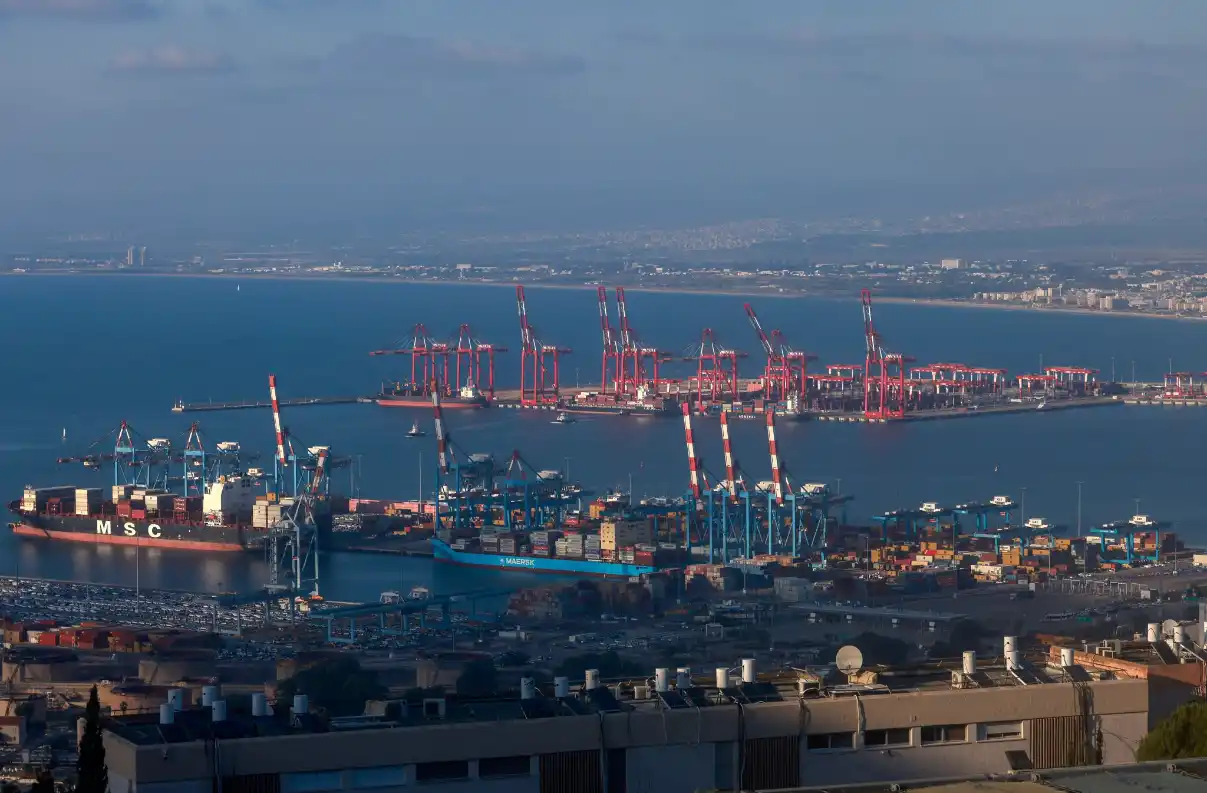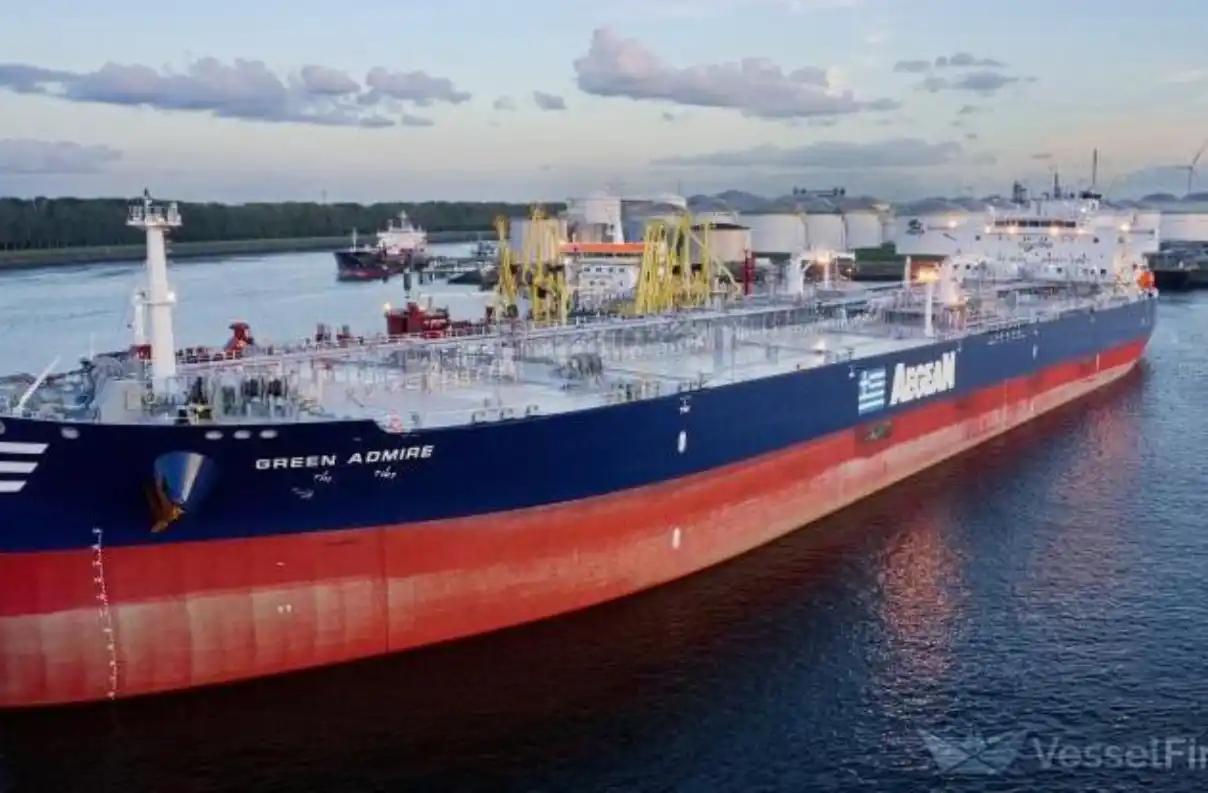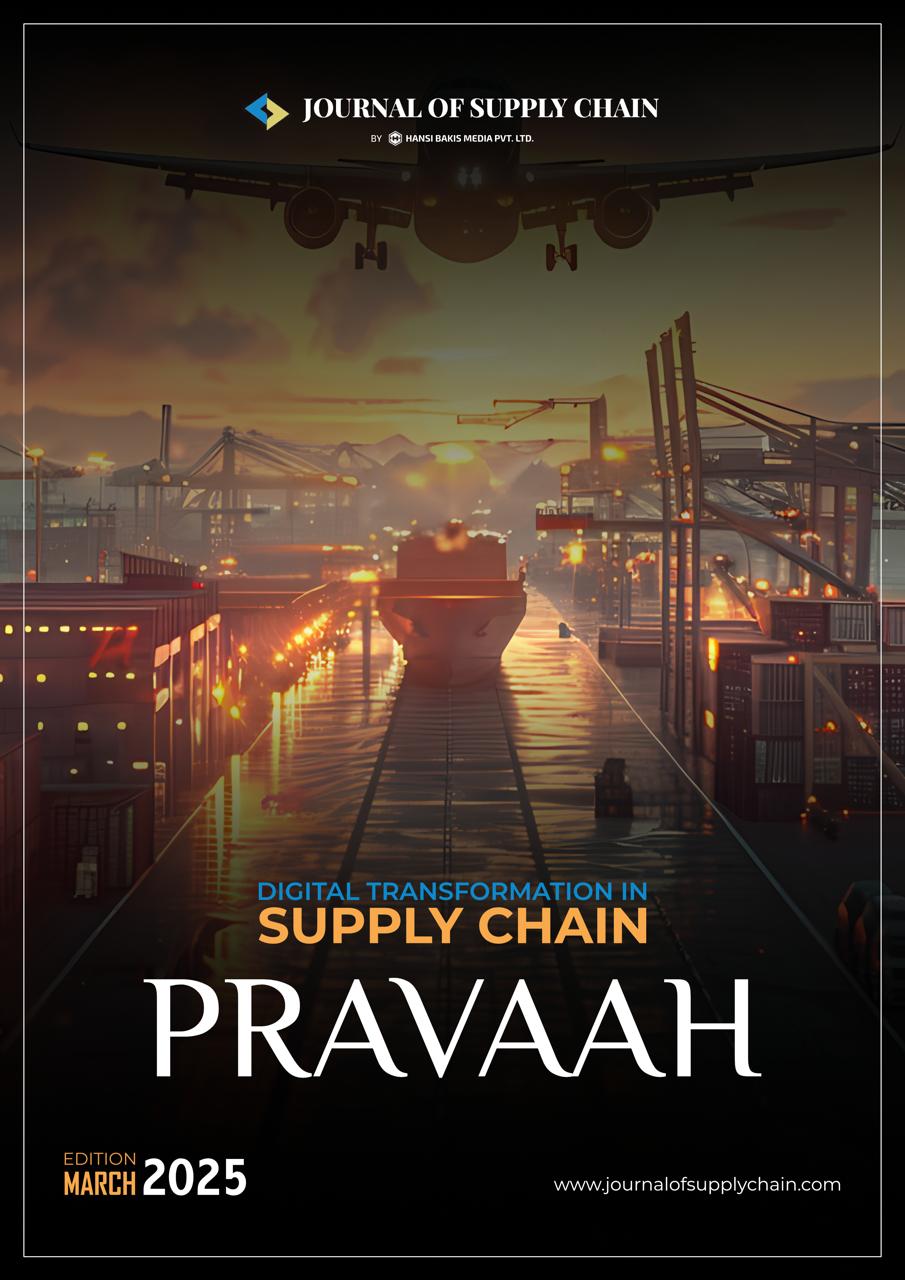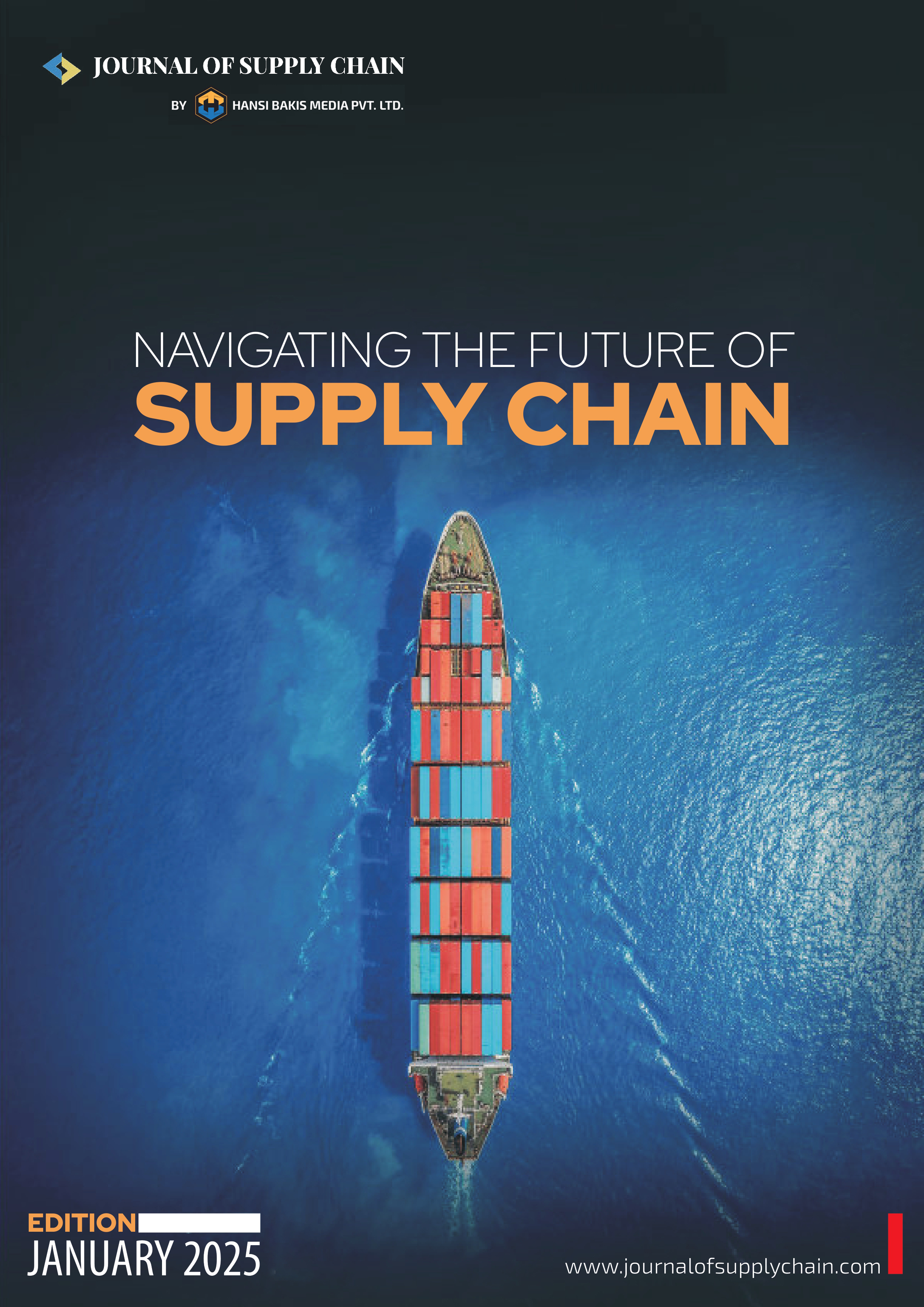India’s logistics costs are 14% of GDP, but could infrastructure make it a global leader? With its ambitious goal of becoming a global supply chain hub by 2030, the country is strategically positioning itself as the backbone of global trade. But what is the most critical factor that will shape this vision? Let’s explore the intricacies of India’s supply chain aspirations, challenges, and the single most pivotal driver of its success. The Big Picture: Why India? India, with its massive population of over 1.4 billion people and a burgeoning middle class, is not just a manufacturing hub but also one of the largest consumer markets in the world. The country’s geographical advantage—being strategically located between Europe and Asia—makes it a natural choice for global supply chain activities. Recent initiatives such as Make in India, PLI (Production Linked Incentive) schemes, and the National Logistics Policy (NLP) underscore the government’s commitment to strengthening the supply chain ecosystem. However, while these efforts are commendable, the path to becoming a global leader is riddled with challenges, from infrastructure bottlenecks to workforce upskilling. India’s Supply Chain Challenges High Logistics Costs India’s logistics costs are approximately 14% of its GDP, significantly higher than the global average of 8-10%. This makes Indian goods less competitive in global markets.
The only supply chain registration you need
Unrivaled context behind every news and article for free.

 Anamika Mishra
Anamika Mishra 